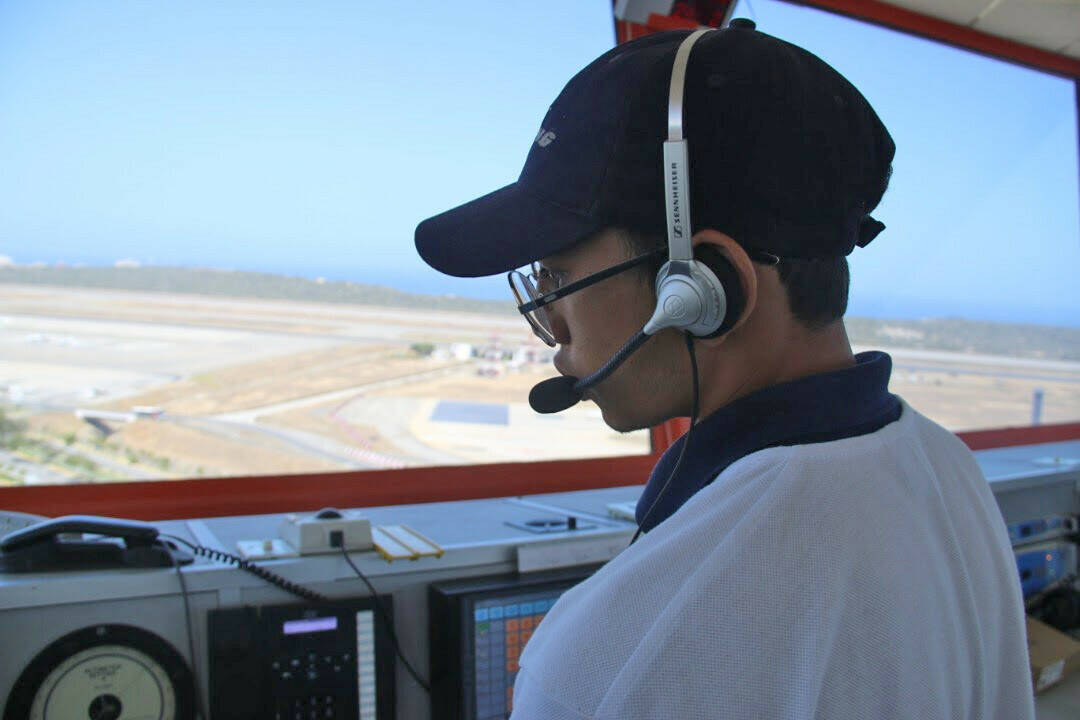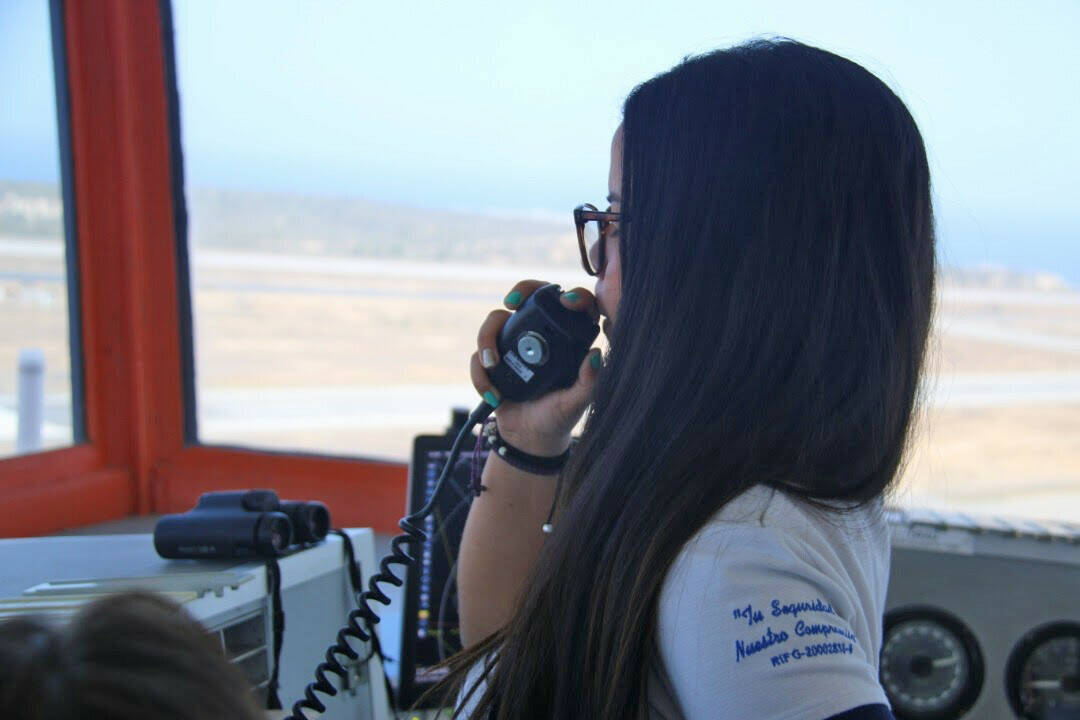Collaboration is the way forward
Juan Manuel Teixeira Diaz, President of the National Institute of Civil Aeronautics (INAC) in Venezuela, says partnerships are essential to sustainable growth.






What are the main challenges and opportunities for the region?
The Latin America region has to be competitive.
That means making the overall regulatory framework more flexible, given that air transport is an enabler not only for tourism but also for many other sectors, such as the trade in services, agriculture and mining.
This policy must be accompanied by an approach that stimulates the growth of aviation, be it the business of flying or incentives for the consumer.
Complex systems, such as civil aviation, continually need to build capabilities, become more efficient, and innovate. Specifying actions to meet these needs requires vision, planning, monitoring, reinvention and time.
In Latin America, we need a cultural change in planning, so we have logical steps in the changes required. An integrated approach is required so that the steps are coordinated with other public policies, such as product development, financing, social development, and territorial and cross-border integration.
We have to ensure good planning and strategic management of the change procedure to achieve tangible social benefits.
It is important to note that the above has been discussed within ICAO. Work is being done to develop national planning reference models, recognising the importance of strategies that address issues of operational safety, aviation security, air navigation, the environment and the social and economic development of the region.
What can CANSO do to assist INAC and Latin American aviation?
CANSO could directly support INAC with the development of training projects and training updates to ensure best practice and international standards. In the same way, it can continue to advance joint projects that benefit the region and to work with industry suppliers on new technologies.
It is also important to support cybersecurity efforts. When you have integrated systems, especially when they are connected to the aircraft, it is vital to have joint commitments and a consistency in approach.
Is partnership and collaboration with other ANSPs important?
It is more than important. Greater collaboration in global airspace management is necessary to manage air traffic growth sustainably.
Consider investments in infrastructure, improvements in aircraft tracking, managing cybersecurity in integrated systems, and the introduction of air traffic flow management (ATFM) and collaborative decision making (CDM).
There is also runway sequencing and the continuous climb and descent operations achieved through PBN. These priorities have to be analysed to suit operational conditions and meet regional and national needs.
To ensure capacity, we must build the necessary infrastructure on the ground and in the air. Technical and operational interoperability and harmonisation between aeronautical information systems are the key for FIRs to be coordinated in a secure, resilient and seamless manner.
What are the main challenges and opportunities for the region?
The Latin America region has to be competitive.
That means making the overall regulatory framework more flexible, given that air transport is an enabler not only for tourism but also for many other sectors, such as the trade in services, agriculture and mining.
This policy must be accompanied by an approach that stimulates the growth of aviation, be it the business of flying or incentives for the consumer.
Complex systems, such as civil aviation, continually need to build capabilities, become more efficient, and innovate. Specifying actions to meet these needs requires vision, planning, monitoring, reinvention and time.
In Latin America, we need a cultural change in planning, so we have logical steps in the changes required. An integrated approach is required so that the steps are coordinated with other public policies, such as product development, financing, social development, and territorial and cross-border integration.
We have to ensure good planning and strategic management of the change procedure to achieve tangible social benefits.
It is important to note that the above has been discussed within ICAO. Work is being done to develop national planning reference models, recognising the importance of strategies that address issues of operational safety, aviation security, air navigation, the environment and the social and economic development of the region.
Why did you reduce your charges?
Unquestionably, the dominant factor was our commitment to support the recovery of national and international aviation as the industry has been so seriously affected by the global pandemic. We want to help reduce operating expenses as well as flight times and CO2 emissions.
For the same reason, we reduced fuel prices, facilitating technical stopovers in the country.
What new technologies particularly excite you?
The technology in drones is rapidly advancing. But it is not the only technology to excite. We also see new advances in software development. We are interested in artificial intelligence and even neuronal networks. These are all disruptive technologies that we will use.
We are also watching the advances in remote control towers technology and how they can be adapted to the requirements of each airport.
What are you doing to improve route optimisation?
We are reducing longitudinal separation between the flight information regions (FIR) adjacent to the Maiquetía FIR. We have also implemented performance-based navigation routes (PBN) and made improvements to our communications with neighbouring regions to help new routes.
The challenge we are facing is route optimisation with Central America. To effectively promote a performance-based approach, we need to implement an optimal route path instead of only overriding the route code name. Many of the proposed PBN routes still connect with conventional navigational aids.
On the other hand, it is essential to maintain traditional routes in upper airspace to serve those airlines that are not equipped with the right communication technology.
How will you continue to develop your services in the next few years?
The National Institute of Civil Aeronautics (INAC) is working on the development of its operational Safety Management System (SMS) for the benefit of all users. This will strengthen operational safety and the safe, orderly and efficient performance of air navigation in Venezuela.
Similarly, we are committed to improving quality standards, managing systems with a risk-based approach, to reduce aviation incidents and accidents. The Venezuelan State and INAC have a strategic vision to maintain predictive systems that analyse the trends in our data to provide a better service to the end user.
Another goal for the future is to develop standards on the governance of system-wide information management (SWIM) and its architectural components. One of SWIM's contributions will be to help launch the International Civil Aviation Organization (ICAO) Global Aeronautical Distress and Safety System (GADSS), which allows an aircraft location to be reported every minute.
Leading an ANSP in the pandemic has been about recognising the persistence of this unprecedented global crisis and its serious health, social and economic consequences.
In addition, collaborating with air freight services for the global distribution of critical healthcare supplies and the uninterrupted operation of essential supply chains has not been easy at all.
Other important lessons from the pandemic include:
How difficult has it been to lead an ANSP through the pandemic and what leadership lessons have you learned?
Recognition of ICAO's leadership and other international organisations such as CANSO, which have worked tirelessly to facilitate the recovery of aviation
The industry commitment to quickly adopt effective measures to prevent the spread of COVID-19 and other communicable diseases in international air travel, in particular by implementing ICAO guidance and encouraging States to harmonise their multi-layered risk management strategies
The need for even better vaccine transportation services in case of other crises and emergencies, emphasising countries in development
The need to strengthen the commitment to maintain the skills of operational personnel and the performance of equipment and systems.


Read full article

Juan Manuel Teixeira Diaz, President of the National Institute of Civil Aeronautics (INAC) in Venezuela, says partnerships are essential to sustainable growth.



What are you doing to improve route optimisation?
Why did you reduce your charges?
Unquestionably, the dominant factor was our commitment to support the recovery of national and international aviation as the industry has been so seriously affected by the global pandemic. We want to help reduce operating expenses as well as flight times and CO2 emissions.
For the same reason, we reduced fuel prices, facilitating technical stopovers in the country.
What new technologies particularly excite you?
The technology in drones is rapidly advancing. But it is not the only technology to excite. We also see new advances in software development. We are interested in artificial intelligence and even neuronal networks. These are all disruptive technologies that we will use.
We are also watching the advances in remote control towers technology and how they can be adapted to the requirements of each airport.
We are reducing longitudinal separation between the flight information regions (FIR) adjacent to the Maiquetía FIR. We have also implemented performance-based navigation routes (PBN) and made improvements to our communications with neighbouring regions to help new routes.
The challenge we are facing is route optimisation with Central America. To effectively promote a performance-based approach, we need to implement an optimal route path instead of only overriding the route code name. Many of the proposed PBN routes still connect with conventional navigational aids.
On the other hand, it is essential to maintain traditional routes in upper airspace to serve those airlines that are not equipped with the right communication technology.
The Latin America region has to be competitive.
That means making the overall regulatory framework more flexible, given that air transport is an enabler not only for tourism but also for many other sectors, such as the trade in services, agriculture and mining.
This policy must be accompanied by an approach that stimulates the growth of aviation, be it the business of flying or incentives for the consumer.
Complex systems, such as civil aviation, continually need to build capabilities, become more efficient, and innovate. Specifying actions to meet these needs requires vision, planning, monitoring, reinvention and time.
In Latin America, we need a cultural change in planning, so we have logical steps in the changes required. An integrated approach is required so that the steps are coordinated with other public policies, such as product development, financing, social development, and territorial and cross-border integration.
We have to ensure good planning and strategic management of the change procedure to achieve tangible social benefits.
It is important to note that the above has been discussed within ICAO. Work is being done to develop national planning reference models, recognising the importance of strategies that address issues of operational safety, aviation security, air navigation, the environment and the social and economic development of the region.
How will you continue to develop your services in the next few years?
The National Institute of Civil Aeronautics (INAC) is working on the development of its operational Safety Management System (SMS) for the benefit of all users. This will strengthen operational safety and the safe, orderly and efficient performance of air navigation in Venezuela.
Similarly, we are committed to improving quality standards, managing systems with a risk-based approach, to reduce aviation incidents and accidents. The Venezuelan State and INAC have a strategic vision to maintain predictive systems that analyse the trends in our data to provide a better service to the end user.
Another goal for the future is to develop standards on the governance of system-wide information management (SWIM) and its architectural components. One of SWIM's contributions will be to help launch the International Civil Aviation Organization (ICAO) Global Aeronautical Distress and Safety System (GADSS), which allows an aircraft location to be reported every minute.

What are the main challenges and opportunities for the region?
How difficult has it been to lead an ANSP through the pandemic and what leadership lessons have you learned?
The need to strengthen the commitment to maintain the skills of operational personnel and the performance of equipment and systems.
The need for even better vaccine transportation services in case of other crises and emergencies, emphasising countries in development
The industry commitment to quickly adopt effective measures to prevent the spread of COVID-19 and other communicable diseases in international air travel, in particular by implementing ICAO guidance and encouraging States to harmonise their multi-layered risk management strategies
Recognition of ICAO's leadership and other international organisations such as CANSO, which have worked tirelessly to facilitate the recovery of aviation
Other important lessons from the pandemic include:
Leading an ANSP in the pandemic has been about recognising the persistence of this unprecedented global crisis and its serious health, social and economic consequences.
In addition, collaborating with air freight services for the global distribution of critical healthcare supplies and the uninterrupted operation of essential supply chains has not been easy at all.
What can CANSO do to assist INAC and Latin American aviation?
CANSO could directly support INAC with the development of training projects and training updates to ensure best practice and international standards. In the same way, it can continue to advance joint projects that benefit the region and to work with industry suppliers on new technologies.
It is also important to support cybersecurity efforts. When you have integrated systems, especially when they are connected to the aircraft, it is vital to have joint commitments and a consistency in approach.
Is partnership and collaboration with other ANSPs important?
It is more than important. Greater collaboration in global airspace management is necessary to manage air traffic growth sustainably.
Consider investments in infrastructure, improvements in aircraft tracking, managing cybersecurity in integrated systems, and the introduction of air traffic flow management (ATFM) and collaborative decision making (CDM).
There is also runway sequencing and the continuous climb and descent operations achieved through PBN. These priorities have to be analysed to suit operational conditions and meet regional and national needs.
To ensure capacity, we must build the necessary infrastructure on the ground and in the air. Technical and operational interoperability and harmonisation between aeronautical information systems are the key for FIRs to be coordinated in a secure, resilient and seamless manner.